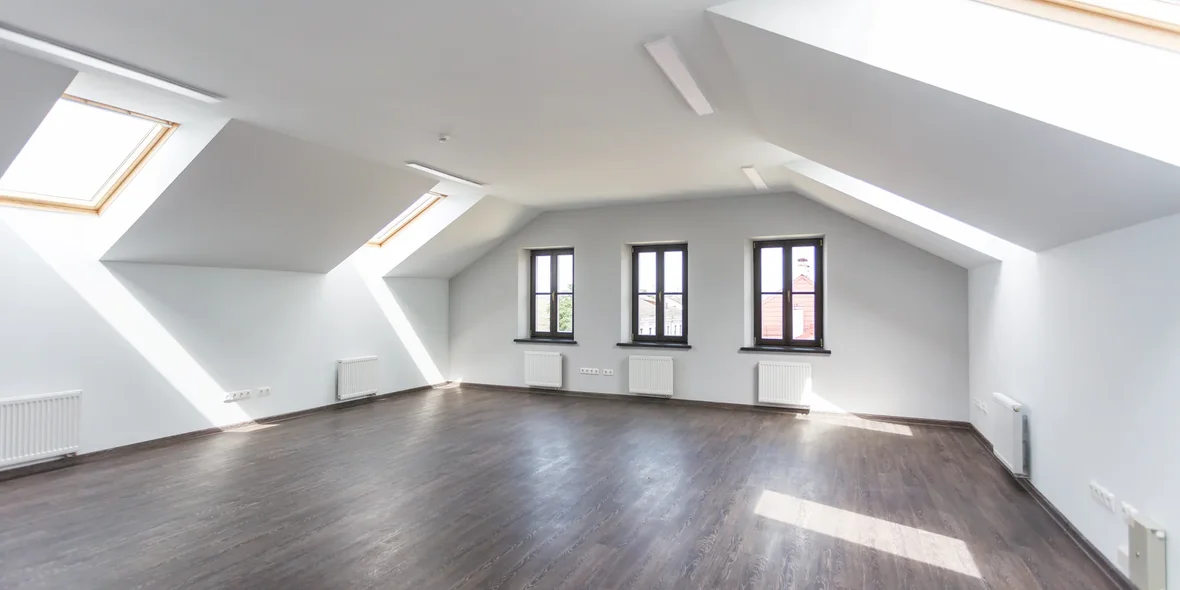
Advantages and disadvantages of final finishing
Finishing is the stage of preparing a home for occupancy. It includes the finishing of surfaces (floor, ceiling, walls), as well as the installation of equipment (plumbing, lighting, sockets) and doors. For full occupancy, all that remains is to arrange the furniture, including kitchen furniture.
Finishing directly depends on the developer, who buys materials and provides specialists. In the premium class, expensive and high-quality materials are most often used, including those from foreign manufacturers, while in the economy class, more affordable and budget options are used. To learn about the type of finishing and materials used in advance, consult with the developer's specialists.
What is Included in the Final Finishing
Finishing is carried out after the rough-in phase of work has been completed. This stage includes leveling of building surfaces (concrete, brick, block) and application of finishing materials such as tiles, paint, or wallpaper.
The main stages of finishing include:
- Tiling: one of the first and most “dirty” processes. Tile is usually laid in high-humidity areas such as bathrooms and kitchens, as it is a material that is resistant to moisture and wear and tear.
- Walls: prepared to be painted in light or neutral shades. Some developers give the option of choosing a palette. If wallpapering is planned, different types of wallpaper are used, including vinyl and patterned. They are glued at the last stages of finishing. In more expensive apartments, decorative coatings such as plaster or other materials may be available.
- Ceilings: options range from simple painting to more sophisticated solutions such as tension or suspended ceilings.
- Floors: depending on the class of housing, different coverings may be used, such as linoleum, laminate, parquet, or other materials in more expensive apartments.
- Electrical equipment: sockets, lights, switches, and meters are installed.
- Heating and plumbing: the order of installation of plumbing and radiators depends on the developer. In the early stages of installation, equipment is temporarily removed for additional finishing work.
- Interior doors: their installation is carried out at the final stage to avoid damage during other works.
Advantages of Final Finishing
The main advantages:
- Readiness for occupancy: the apartment is fully ready for living, that is, the minimum necessary work has already been carried out, there is light, plumbing. After installing kitchen equipment and furniture, the apartment is fully livable.
- Saving money: developers buy materials in bulk, which allows them to offer finishing at lower prices than in the case of independent repair.
- Saving time and nerves: there is no need to look for contractors, monitor the repair process, and solve additional issues. The buyer receives a finished home, and the developer is responsible for the quality of work.
Disadvantages of Final Finishing
The main disadvantages:
- Quality of materials and works: finishing from the developer is often performed using cheaper materials, which can affect the durability of the repair. However, in some high-end residential complexes, there are quality options.
- Hidden defects: possible problems in the rough finish, such as cracks or poorly installed windows, may be hidden under the finish and only revealed after a few years.
- Limited redevelopment opportunities: buying a pre-finished apartment can be disadvantageous for those who plan to change the layout of their home. Disassembling partitions and carrying out repeated repairs can increase costs.
Despite the disadvantages, many people choose to buy a pre-finished apartment to save time and money. This is a good choice for those who do not want to immerse themselves in the process of repair. Even in the budget segments you can find good options, but for this it is recommended to study the reviews of other buyers and specialized forums.








